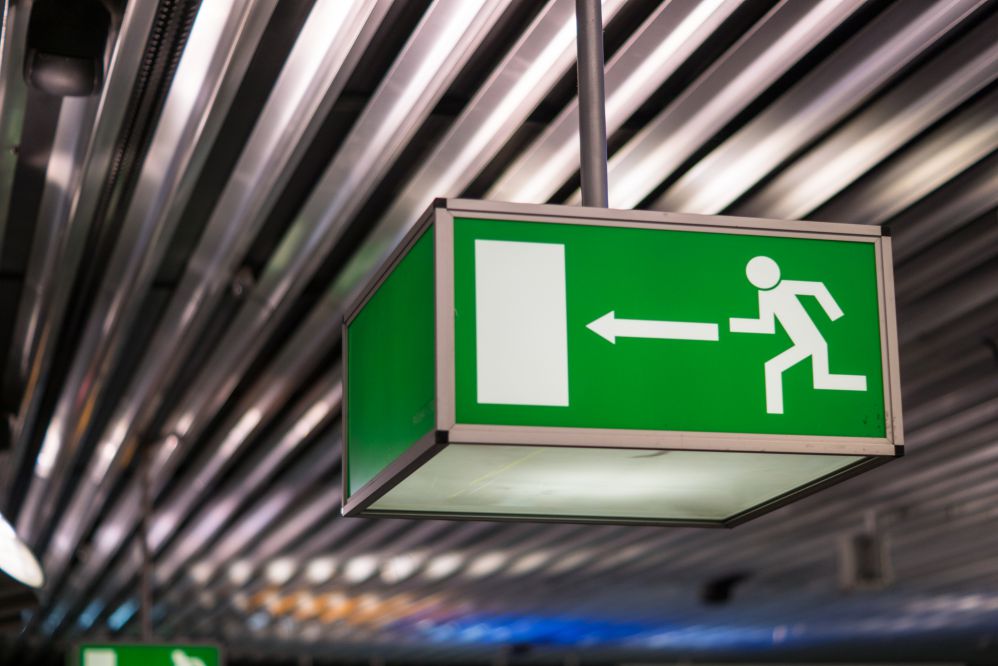
Anyone who works in iron and steel trading knows all too well the difficulties of managing this type of business. Planning, inventory control, organization; in short, there are many responsibilities. Amidst so many tasks, store signage may be left out of the top priorities. However, it requires careful consideration, as it can prevent serious accidents.
To learn how to do it efficiently, keep reading!
In short, this involves implementing specific signs and warnings. The goal is to reduce the risk to those who pass through this environment on a daily basis—customers and employees.
It can be a simple indication in the area of steel storage or even a small sign warning about wet floors. Regardless of its function, store signage is a way to communicate visually and verbally about potential hazards.
There is a very serious concern that you should have as manager: You are responsible for any accidents within your company.
Therefore, investing in good signage is a necessary precaution. With this simple initiative, you can act preventively, helping to protect the physical safety of your team and the people who choose to shop at your store.
This way, you'll also avoid legal problems arising from these cases. Nobody likes those headaches, right?
THE organization also improves with properly structured visual communication, contributing to greater employee motivation — after all, it's much more pleasant and safer to work in a well-signposted place, isn't it?
The same logic applies to customers: when they feel well-informed, your relationship tends to improve. This increases the chances that the consumer will prefer to buy from you over your competitor.
First, consider the risks associated with heavy materials. Where are they located? How are they moved? steel can seriously injure someone. Therefore, it's essential to clearly indicate its weight, the type of transport, etc. "Caution," "Look before passing," and "Attention" are some examples of signs for these situations.
Also indicate the route to follow and what's available in each area of the hardware or building materials store. This not only helps customers find what they need but also helps prevent them from entering more dangerous areas. In these cases, use "Restricted Access" or something similar.
Don't forget to mark the restrooms, emergency exits, the boardroom, and so on. Little by little, communication visual will greatly facilitate the operation of your business.
Safety is always a priority! That's why store signage is so important and should be treated accordingly. You'll have a safer team and happier customers.
If you liked this article, why not share it on Facebook or other social media? Tag your fellow entrepreneurs!